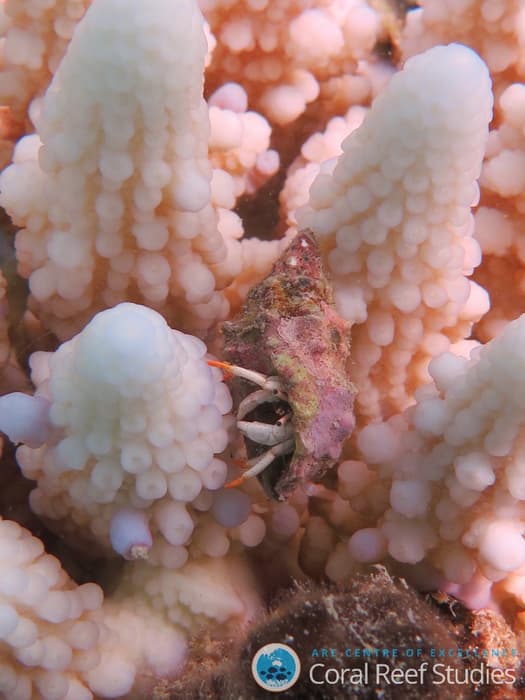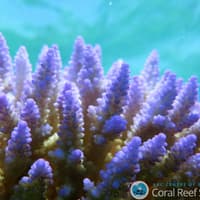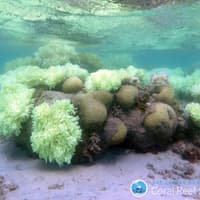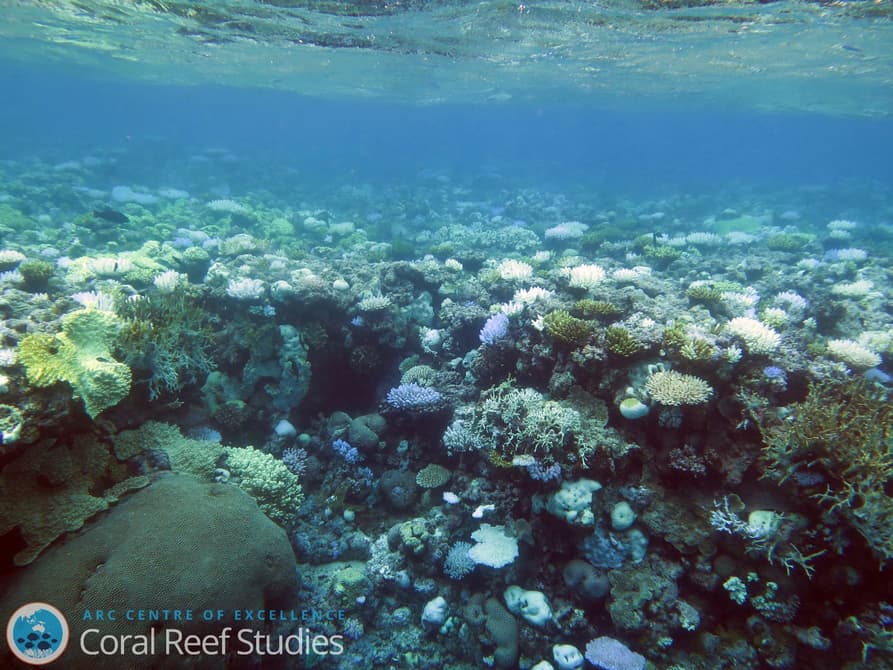Last month, an aerial survey of the northern section of Australia's Great Barrier Reef returned some pretty grim results, revealing that the World Heritage Site had been hit with the worst coral bleaching event in its history. The researchers have now continued their work along this magnificent stretch of coastline and the news isn't getting any better. The results of their end-to-end study now reveal that 93 percent of the reef has been affected by bleaching as a result of warmer sea temperatures in the area.
Led by Professor Terry Hughes, the National Coral Bleaching Taskforce has performed an aerial survey of 911 individual reefs along the 2,300 km (1,429 mi) length of the Great Barrier Reef. Its observations were corroborated by teams of underwater divers, confirming that only seven percent (68 reefs of the 911) have gone unaffected by bleaching. On 316 reefs, between 60 and 100 percent of corals are severely bleached.
"We've never seen anything like this scale of bleaching before. In the northern Great Barrier Reef, it's like 10 cyclones have come ashore all at once," says Hughes. "Towards the southern end, most of the reefs have minor to moderate bleaching and should soon recover."
Of the 522 reefs surveyed in the northern section of the reef, 81 percent have suffered severe bleaching, while 33 percent of the 226 in the central sector were also severely bleached. Traditionally, the northern parts of the reef have been the most easily preserved due to the lack of human presence, but scientists worry that this is changing.
"Tragically, this is the most remote part of the Reef, and its remoteness has protected it from most human pressures: but not climate change," says Professor Andrew Baird from the ARC Centre of Excellence for Coral Reef Studies. "North of Port Douglas, we're already measuring an average of close to 50 percent mortality of bleached corals. At some reefs, the final death toll is likely to exceed 90 percent. When bleaching is this severe it affects almost all coral species, including old, slow-growing corals that once lost will take decades or longer to return."
The Great Barrier Reef has suffered through two mass bleaching events before, in 1998 and 2002. These are triggered when sea temperatures venture out of their normal range, causing stress on the algae inside the coral which they rely on for sustenance. These abnormal conditions cause the coral to expel the colorful algae from their tissue, leaving them to turn white and, in some cases, die.
A number of factors can bring about natural changes in sea temperatures, such as El Niņo patterns, but rising global temperatures are expected to increase both the frequency and severity of mass bleaching events.
On the upside, the serious damage does seem to be mostly limited to the northern sections. The team says that reefs in the southern section have have not suffered damaging levels of bleaching, while it's expected that most of the moderately bleached coral in the central section will survive and return to normal color as temperatures lower over the next few months.





